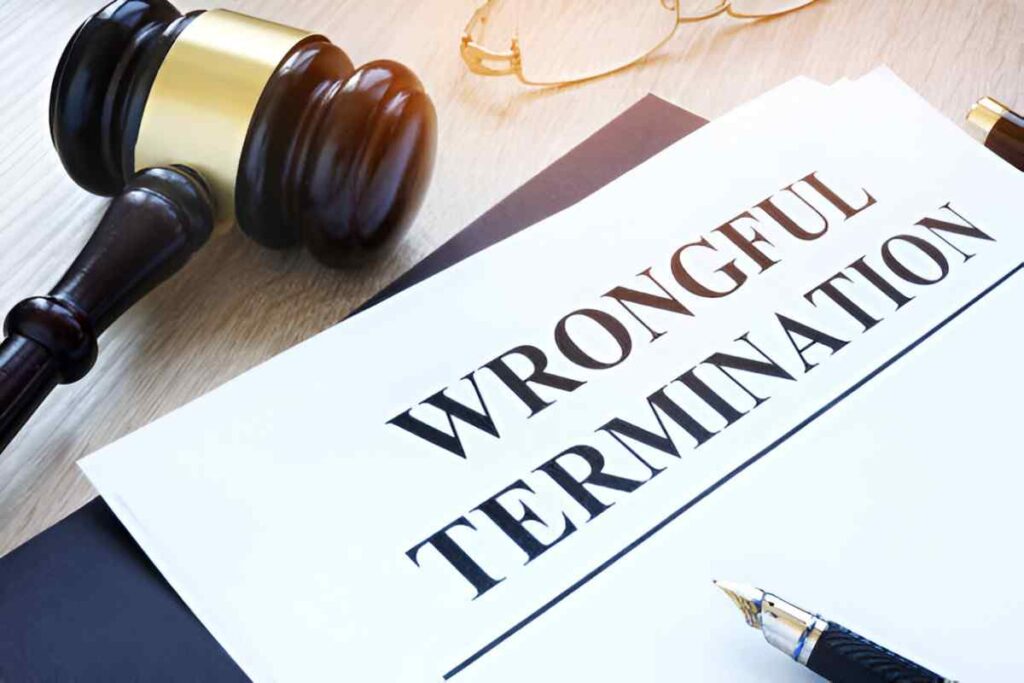In the world of insurance and risk management, understanding the various clauses in an insurance policy can help individuals and businesses navigate potential challenges. One such clause that plays a crucial role in the realm of property and marine insurance is the Sue and Labour Clause. While not always immediately recognized by policyholders, this clause can provide significant assistance in mitigating losses during a covered event. In this article, I will explain the intricacies of the Sue and Labour Clause, explore its importance, and give you practical examples of how it functions in real-life situations.
Table of Contents
What is the Sue and Labour Clause?
The Sue and Labour Clause is a provision commonly found in marine insurance contracts, though it can also be included in certain property and casualty insurance policies. It outlines the duties of the policyholder when they experience a loss or damage that is covered under the policy. Specifically, this clause encourages the insured to take reasonable steps to prevent further damage or loss to the insured property.
In essence, the Sue and Labour Clause mandates that policyholders must actively engage in efforts to mitigate damage, even if those efforts require incurring additional costs. Importantly, any costs incurred by the insured while carrying out these mitigation efforts may be reimbursed by the insurer, provided that they are reasonable and necessary.
Key Elements of the Sue and Labour Clause
The core concept behind the Sue and Labour Clause is the protection of both the policyholder and the insurer from escalating losses. Here are the critical elements that define this clause:
- Duty to Mitigate Loss: The insured must take all reasonable steps to prevent further damage or loss. This may involve moving property to a safer location, applying temporary repairs, or taking other actions that are intended to limit the overall loss.
- Reimbursement of Expenses: If the insured incurs costs while trying to prevent further damage, these costs may be reimbursed by the insurer, provided they are deemed reasonable and necessary.
- Applicability: The clause typically applies only to losses that are covered under the policy. For instance, in marine insurance, if a ship is damaged during a voyage, the crew or the ship’s owner may be required to act to prevent further damage to the ship or cargo.
- Cooperation with the Insurer: While the policyholder is responsible for taking action, they must often notify the insurer promptly and cooperate with the claims process.
The Historical Context of the Sue and Labour Clause
The Sue and Labour Clause has its origins in marine insurance, which dates back to the 17th century. During this time, ship owners and merchants sought protection from financial loss due to the unpredictable nature of sea voyages. The risks involved—storms, piracy, and other dangers—meant that ships could be damaged or lost entirely.
The clause was introduced as a way of encouraging ship owners and their crews to take immediate action to preserve the ship and cargo, even in the face of imminent loss. This could include hiring repair teams or taking actions to secure the cargo. The idea was that prompt and effective action could reduce the overall financial impact of a disaster, benefiting both the ship owner and the insurer.
Practical Examples of the Sue and Labour Clause
Example 1: Marine Insurance
Let’s say a ship is caught in a severe storm, and part of the ship’s hull is damaged. The captain and crew, under the Sue and Labour Clause, are obligated to take immediate action to prevent the ship from sinking or sustaining further damage. This could involve:
- Securing the cargo and preventing it from shifting
- Temporary repairs to the hull
- Employing salvage services
While these actions may incur additional expenses, the ship owner would likely be reimbursed by the insurer for reasonable costs under the Sue and Labour Clause, provided that the actions taken were necessary and reasonable to prevent further damage.
Example 2: Property Insurance
Consider a scenario where a building insured against fire experiences significant damage from a blaze. The insured may be required to engage in efforts to prevent further damage to the property, such as:
- Hiring a fire mitigation company
- Boarding up windows
- Using water pumps to remove any remaining water from firefighting efforts
In this case, the insured would be entitled to reimbursement for these mitigation expenses under the Sue and Labour Clause if they are directly related to minimizing the loss.
Key Differences Between Sue and Labour Clause and Other Insurance Clauses
The Sue and Labour Clause is often confused with other clauses in insurance policies that deal with loss mitigation. Let’s break down some key differences.
1. The Duty to Prevent Loss vs. The Duty to Report
While the Sue and Labour Clause requires the insured to actively prevent further damage, many policies also include a duty to report the loss or damage to the insurer. The insured must promptly inform the insurer after the event occurs, but this obligation is separate from the duty to mitigate the loss. The Sue and Labour Clause focuses on the insured’s actions to limit damage, while the reporting duty ensures the insurer is notified in a timely manner for claims processing.
| Clause | Sue and Labour Clause | Duty to Report Clause |
|---|---|---|
| Objective | Mitigate losses by taking preventive action | Ensure the insurer is informed of the damage |
| Action Required | Take action to prevent further damage | Notify the insurer promptly |
| Reimbursement | Costs incurred to prevent loss are reimbursed | Typically no reimbursement for reporting |
| Scope | Applies to insured property in danger | Applies to any covered loss |
2. Sue and Labour Clause vs. Salvage Clause
The Salvage Clause is often included in marine insurance contracts and outlines the actions that must be taken to preserve property after a covered loss. However, the Sue and Labour Clause typically deals with the insured’s responsibility during the event of damage, while the Salvage Clause generally applies after a loss has occurred.
| Clause | Sue and Labour Clause | Salvage Clause |
|---|---|---|
| Objective | Prevent further damage during the loss event | Secure or recover the property after the loss |
| Focus | Preventative action | Post-event recovery or preservation |
| Reimbursement | Costs of preventative actions reimbursed | Salvage costs typically reimbursed |
How Does the Sue and Labour Clause Impact Insurance Premiums?
When it comes to determining insurance premiums, the Sue and Labour Clause can have an indirect impact. Since the clause encourages the insured to take proactive measures to mitigate losses, insurers may view this as a positive behavior. As a result, insurers may be more likely to offer lower premiums for policies that include the Sue and Labour Clause, as they believe that the insured is less likely to experience significant losses.
Moreover, insurers may also view the clause as a means of limiting their exposure to large claims. If policyholders are required to take action immediately, the total cost of claims may be lower, leading to better overall risk management. Therefore, by actively engaging in loss prevention, policyholders can help keep insurance premiums reasonable.
Calculating Sue and Labour Costs
Let’s consider an example of how the Sue and Labour Clause works with actual numbers. Suppose a ship owner incurs the following costs to mitigate a loss during a voyage:
- Temporary repairs to the hull: $10,000
- Hiring a salvage crew: $15,000
- Securing cargo: $5,000
The total costs incurred to mitigate the damage amount to $30,000. Under the Sue and Labour Clause, the ship owner may be entitled to reimbursement for these costs. Assuming the insurer deems these expenses reasonable, the total reimbursement could be the full $30,000.
If the insured had only mitigated part of the damage, say $20,000, and the insurer agrees that this amount is reasonable, the policyholder would receive a reimbursement for that portion of the costs.
Conclusion
The Sue and Labour Clause is a vital provision in many insurance policies, particularly those related to property and marine insurance. It serves as a tool for minimizing losses by encouraging policyholders to take immediate action in the event of damage. By understanding how the clause works, the insured can make informed decisions about risk management, knowing that their efforts to mitigate damage could be reimbursed. Ultimately, the Sue and Labour Clause helps strike a balance between the responsibilities of the insured and the insurer, benefiting both parties by limiting the impact of potential losses. By ensuring that proactive measures are taken, this clause plays a critical role in maintaining the integrity of the insurance system while helping individuals and businesses navigate risks more effectively.





